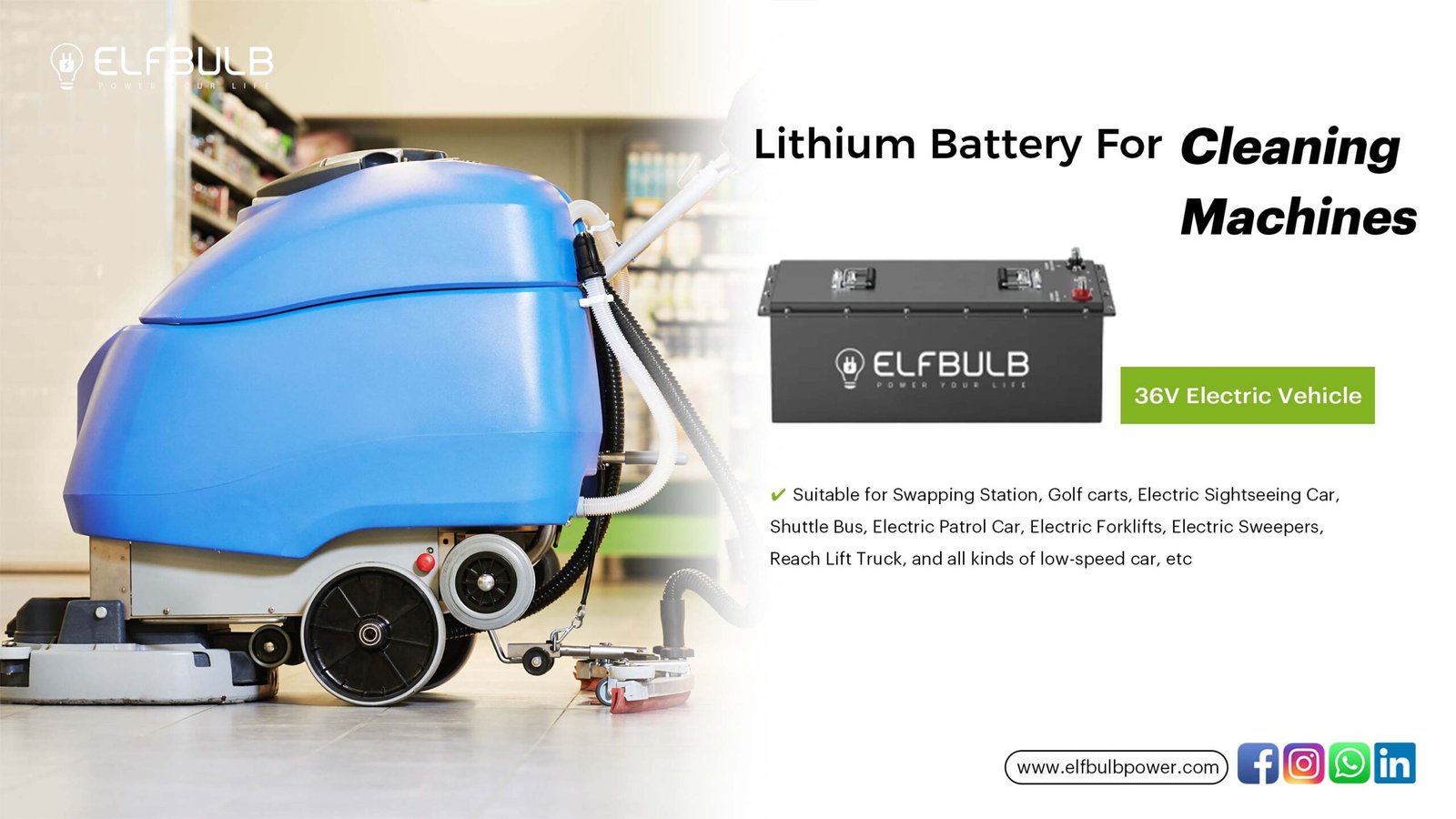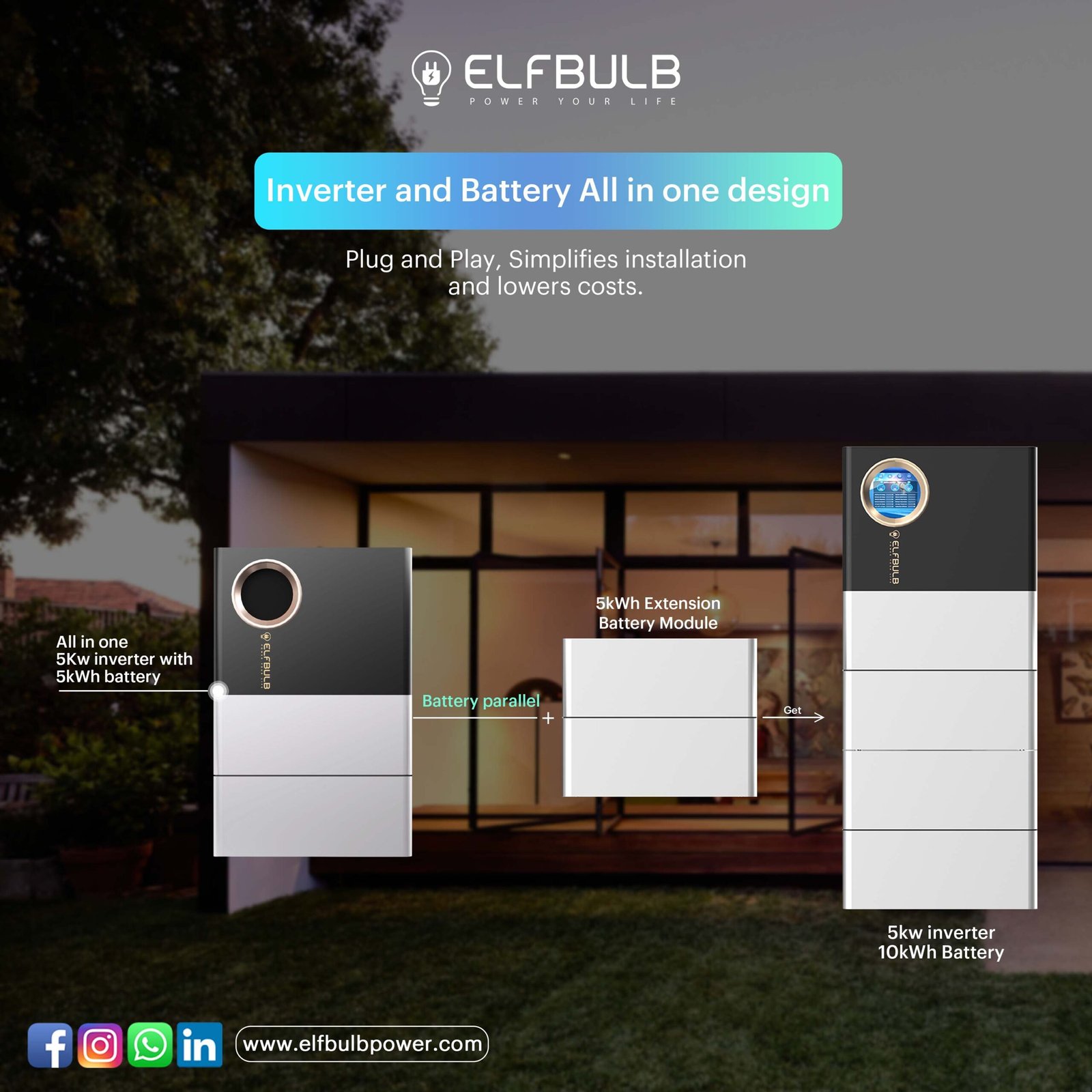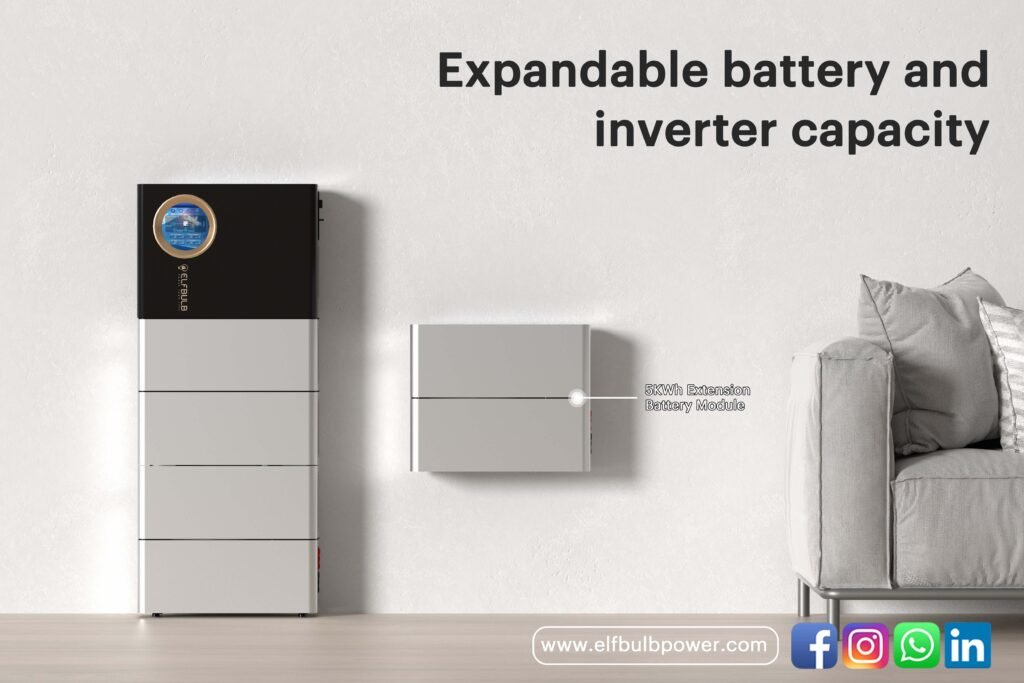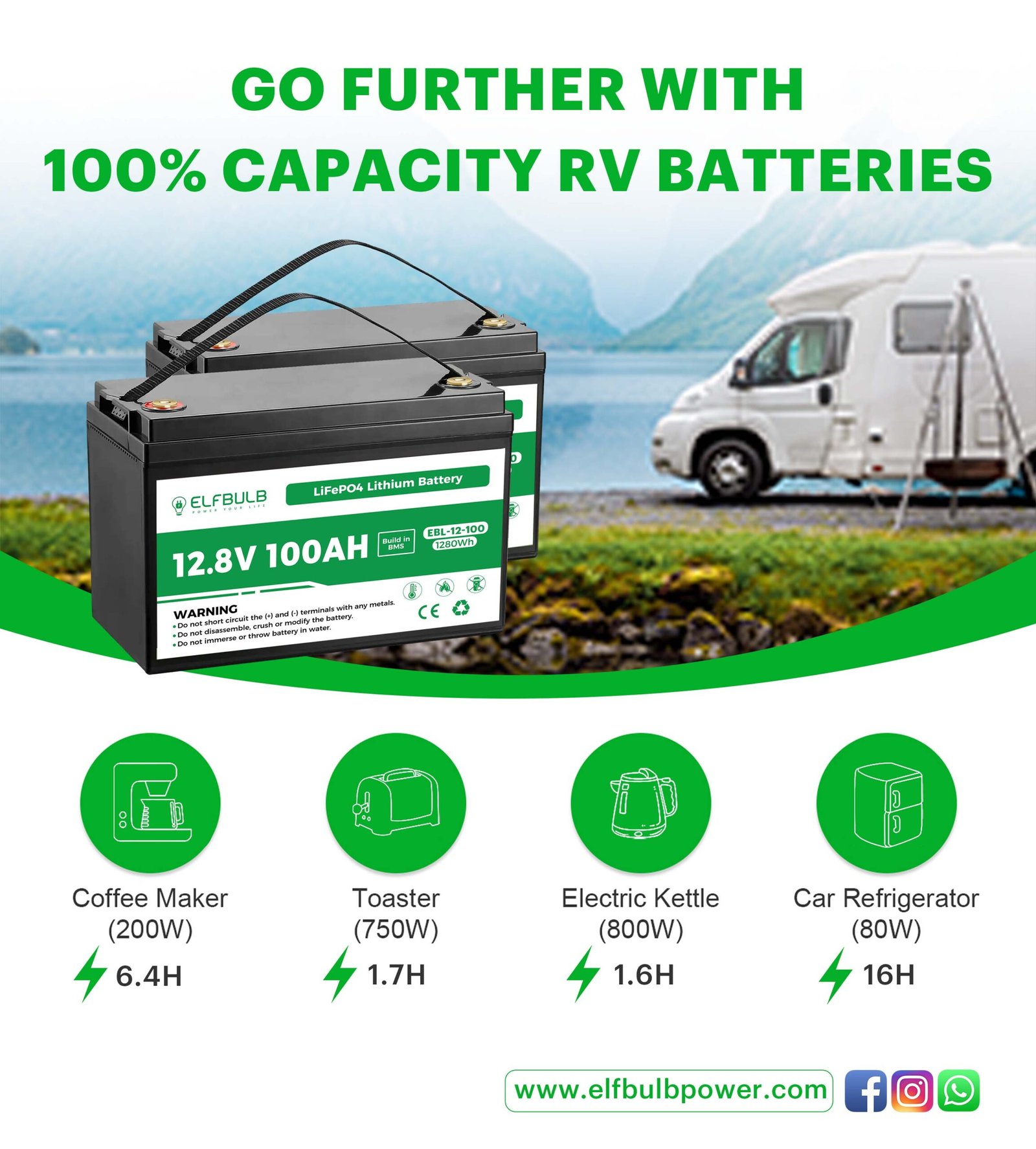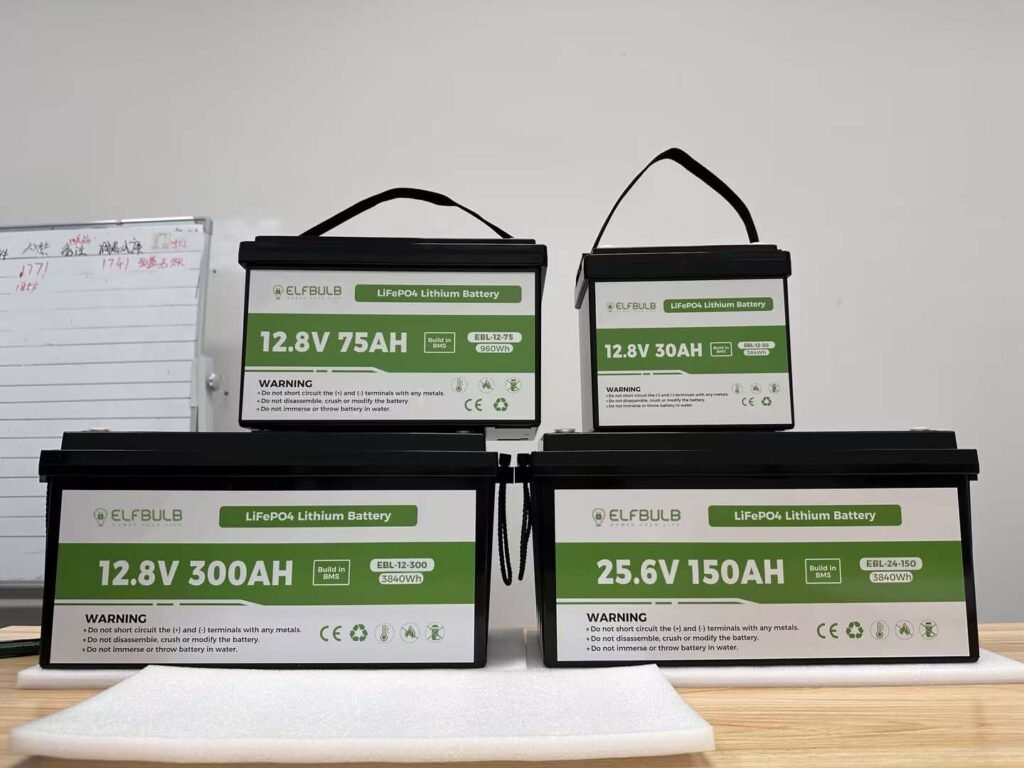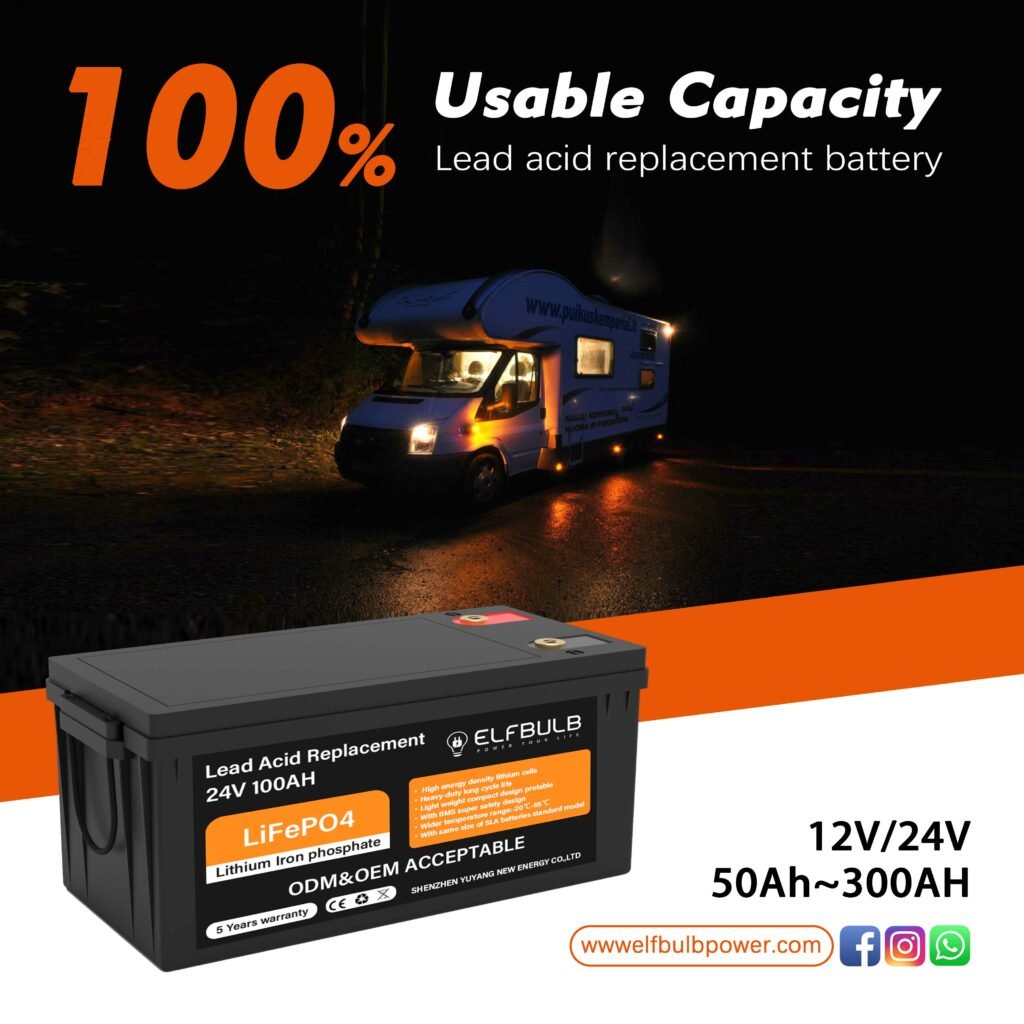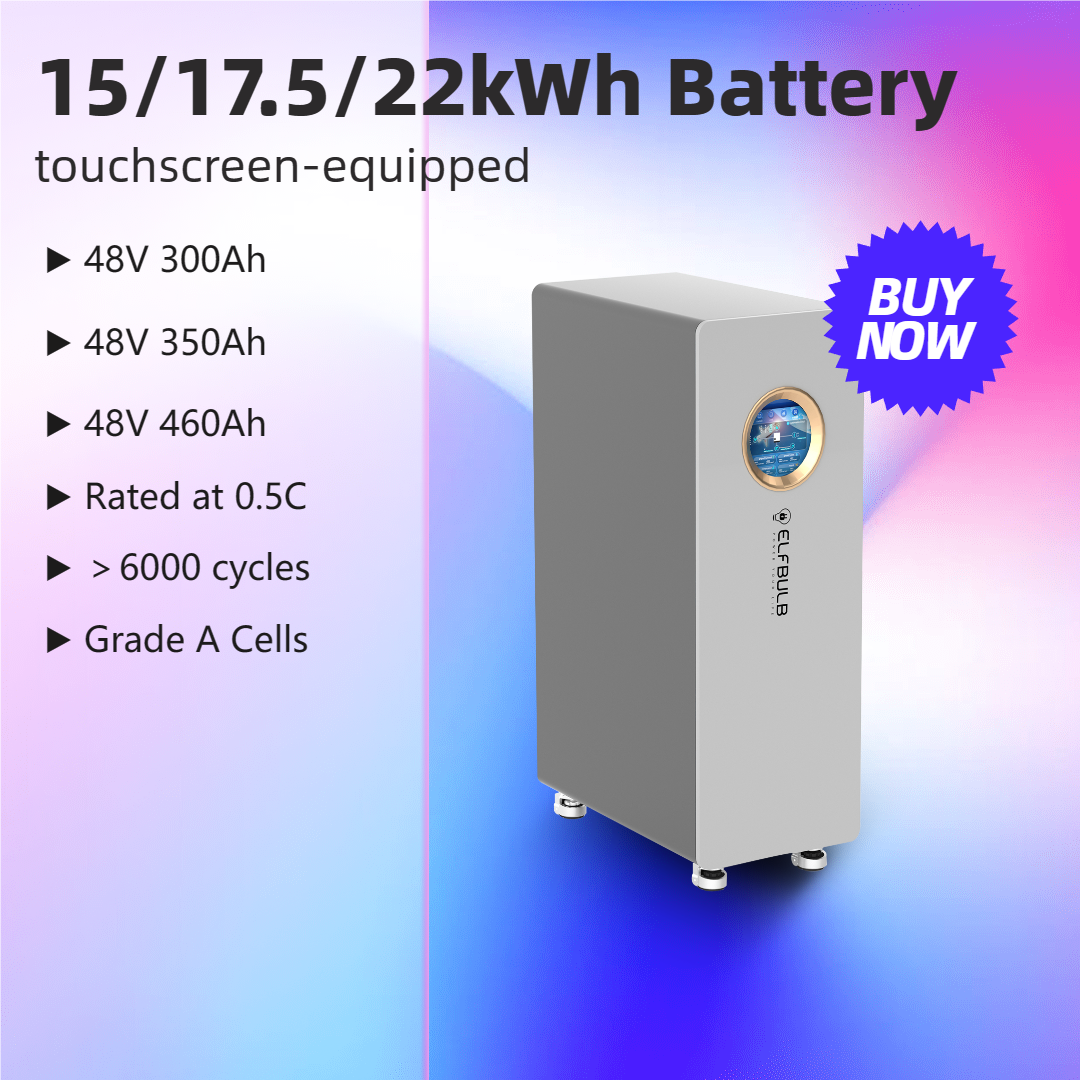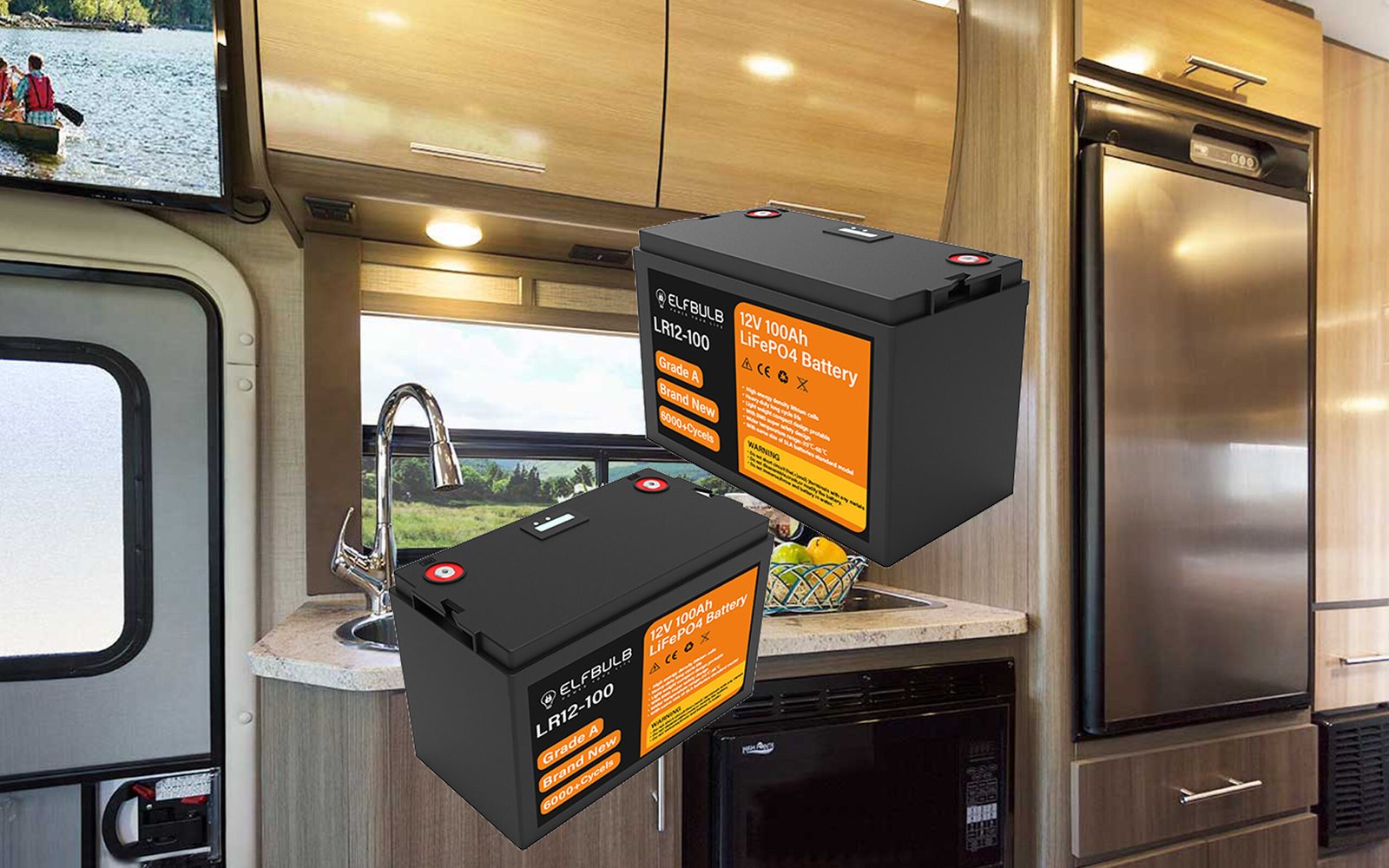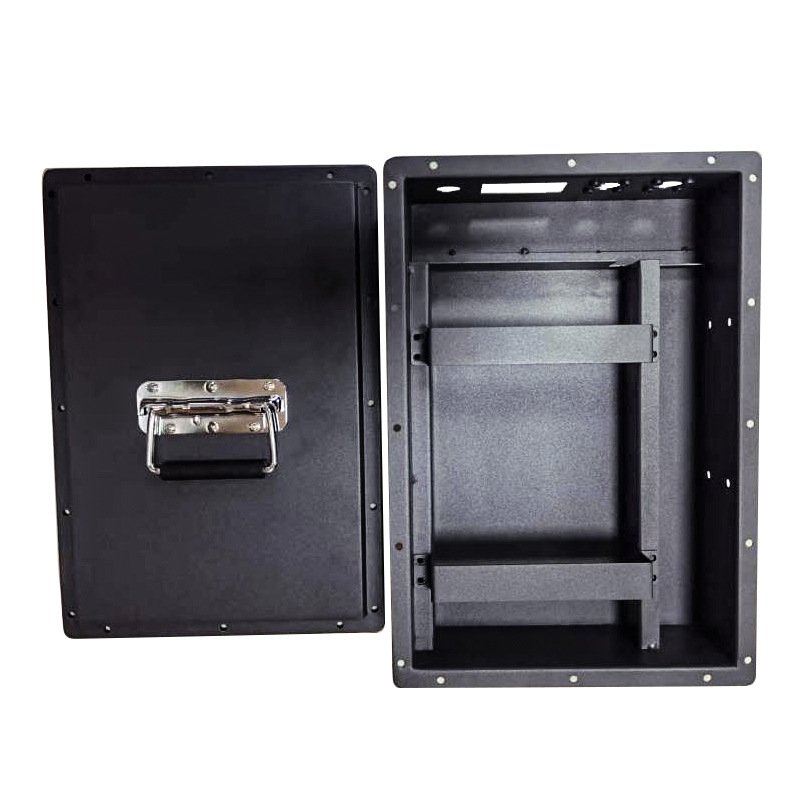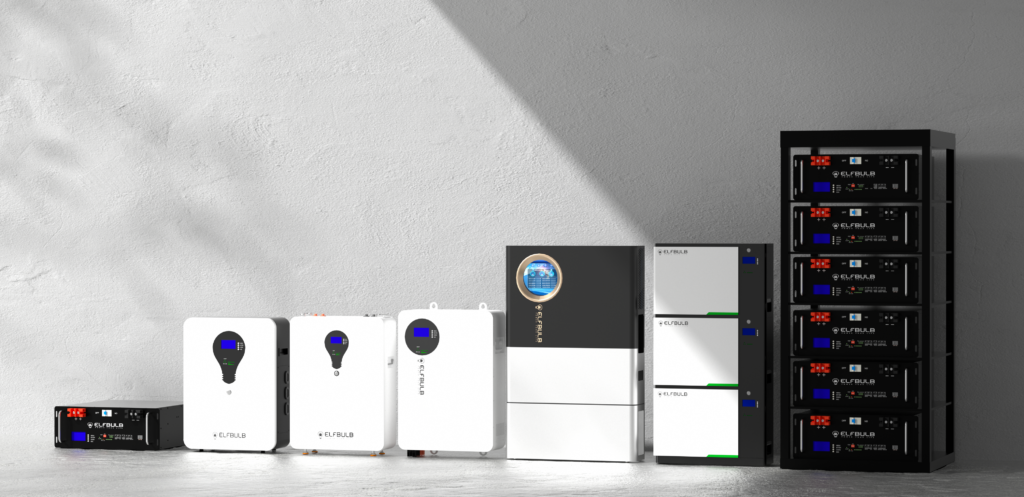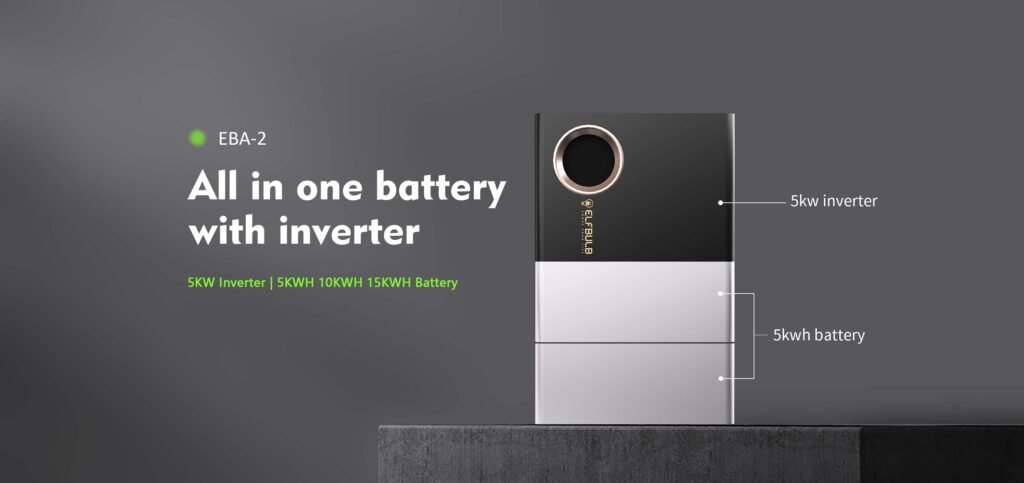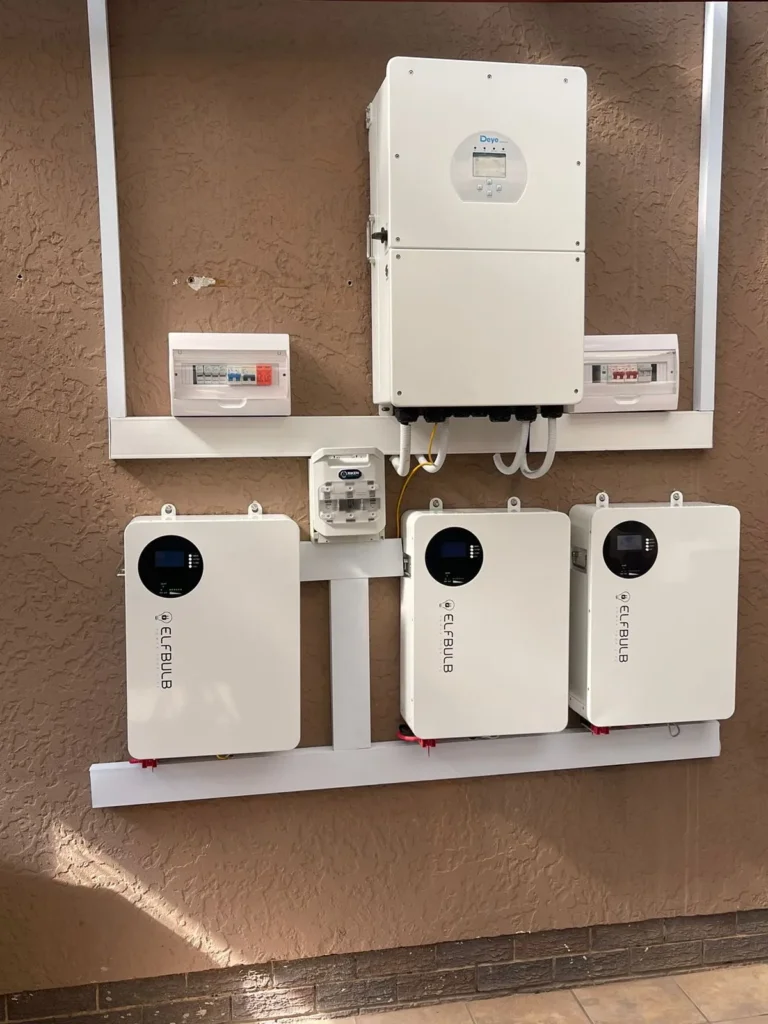Introduction
With the advancement of technology, robotic vacuum cleaners have become an indispensable part of our daily lives. Among them, the application of lithium batteries in cleaning machines is particularly important. This article will detail the application of lithium batteries in cleaning machines and how they have changed our lives.
Advantages of Lithium Batteries
Lithium batteries are a type of high energy density battery, with an energy density three times that of ordinary batteries. This means that lithium batteries can store more energy while being smaller in size. This makes lithium batteries an ideal choice for robotic vacuum cleaners, as they need to provide sufficient power within a compact body.
In addition, lithium batteries charge quickly and have a long lifespan, which is very important for robotic vacuum cleaners. Fast charging means that the robotic vacuum cleaner can resume work in a short time, and a long lifespan means that users do not need to replace the battery frequently.
Application of Lithium Batteries in Robotic Vacuum Cleaners
In cleaning machines, lithium batteries are mainly used to provide power. Robotic vacuum cleaners need to move on various surfaces, vacuum and sweep. This requires a lot of energy, and lithium batteries can provide such energy.
In addition, some high-end robotic vacuum cleaners are equipped with smart features, such as automatic cleaning route planning and obstacle avoidance. These features require more energy, and lithium batteries can meet these needs.
Conclusion
In summary, the application of lithium batteries in cleaning machines greatly improves the performance and convenience of the robotic vacuum cleaners. They provide powerful power, fast charging speed, and long service life. With the advancement of technology, we can expect that the application of lithium batteries in robotic vacuum cleaners will be more widespread and in-depth.
We hope this article can help you better understand the application of lithium batteries in cleaning machies. If you have any questions or want to know more information, please feel free to contact us. Thank you for reading!

